We’ve all done it at least once. You go to the hardware store and grab the right length fastener for the job, then get home and darn it – it’s got a different head than what you wanted! Either this or you send someone else to the hardware store and they do the same thing! Though depending on what trade you’re in (if you’re in one) driver heads might be the same in your day-to-day. For most DIY’ers, and homeowners, the standard Phillips, and slotted (AKA flathead) are pretty much standard around the house. Everything else might look a little foreign! So let’s dive in and take a look at Driver Bit Types explained.
It’s easy to forget just how many driver head types there are, especially if you’re used to only a few. But what’s important to remember is that all of these heads were developed for a specific purpose. In some cases, specific industries were targeted during development. While it would be a crazy challenge to look into all driver head types, this article will explore some of the more uncommon, yet popular driver heads that you may run into. Thankfully, our awesome friends at KC Tool were able to hook us up with Wera drivers for this informational article. KC Tool sells some of the best quality tools on the market, specifically ones made in Germany. Like Wera, a lot of German tools tend to last very long in the field and always do the job without a hitch.
But First, What’s Cam Out?
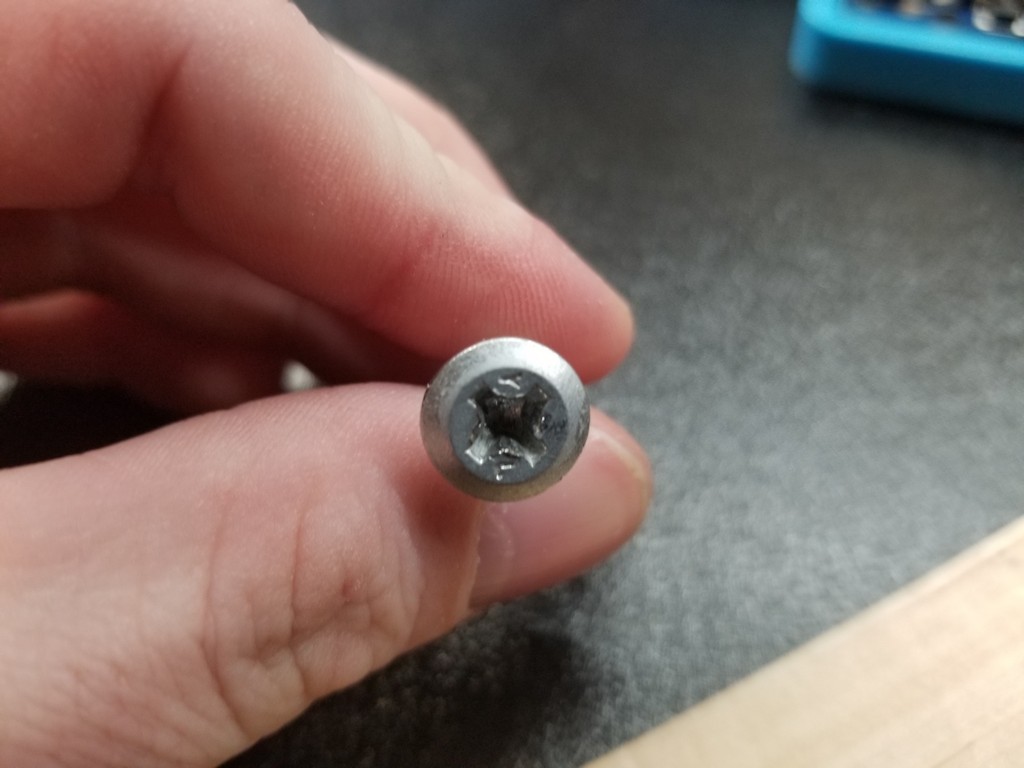
Most importantly, before we can get into driver head types, we’ll have to address the why. As defined by me, a self-proclaimed garage engineer, “Cam Out” is…
“The overexertion of torque on a given fastener head, resulting in the distortion of the driver purchase area, ultimately leading to the failure of the fastener head.”
So basically, when you use your impact on setting 3 and continue to drive when the material will not let the fastener travel any further, you’re going to have cam out. Fasteners are simply not tough enough to handle excess torque in the neck of the fastener, but usually, cam out happens far before over-torquing can cause the fastener to snap. This is precisely why fastener companies have developed heads for various applications.
Phillips vs Pozidrive
Analysis: Comparing Phillips and Pozidrive (PZ) is like comparing an off-road tire to an all-weather tire. They do the same thing, the do that thing well, but the one is designed for much more grip and purpose under lots of torque. As Phillips was developed to have more purchase on the drive than a slotted head, Pozidrive was yet another enhancement. Pozidrive was originally developed to be the new and improved Phillips. As seen, the Pozidrive head incorporates a blunt nose, with an additional blade in between four intersecting driver blades. These slots are at a 45-degree angle, allowing for an additional area of purchase for the driver.
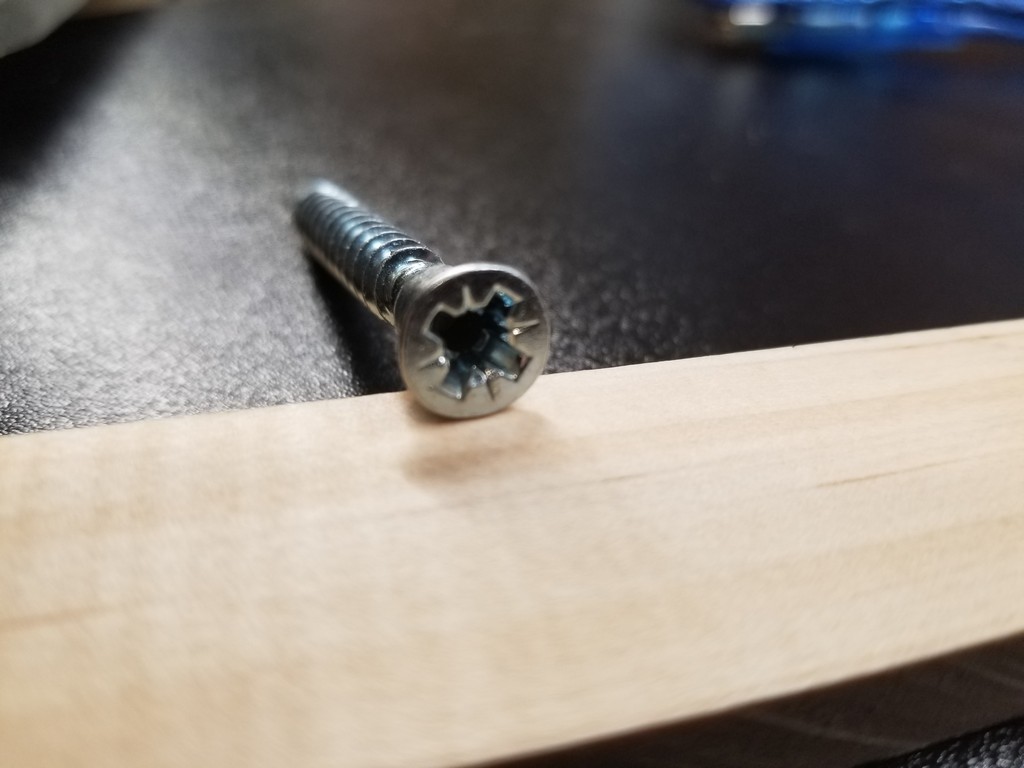
To distinguish the two, Pozidrive will have markings on the top of the screwhead that would appear to intersect with the Phillips screwhead pattern.
Applications: In my travels, I’ve noticed that PZ is more prominent overseas than here in the US. With that being said, I’ve also (unfortunately) noticed that IKEA furniture also frequently uses this drive type. This is just due to regional differences. Without doing torque tests with various fasteners and materials, it’s difficult to make a call on how much more improved PZ is on Phillips, but based on the physical layout, if you require more torque, it’s best to play it safe and go with the Pozidrive.
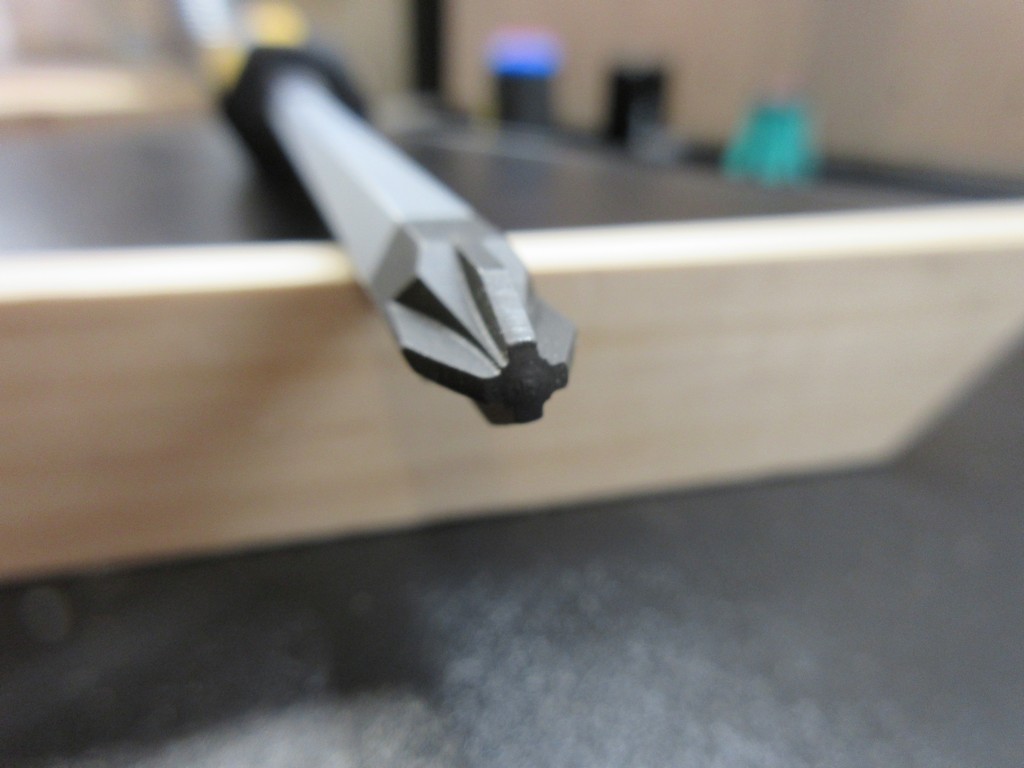
Advantages/Disadvantages: The Pozidrive’s additional 45-degree blades improve on the original design by allowing the driver to stay in the fastener, rather than “jumping” out at peak torque. With this in mind, if you plan on using a Phillips for a job, but keep stripping out heads due to cam out, it’s probably best to pick up some Pozidrive fasteners.
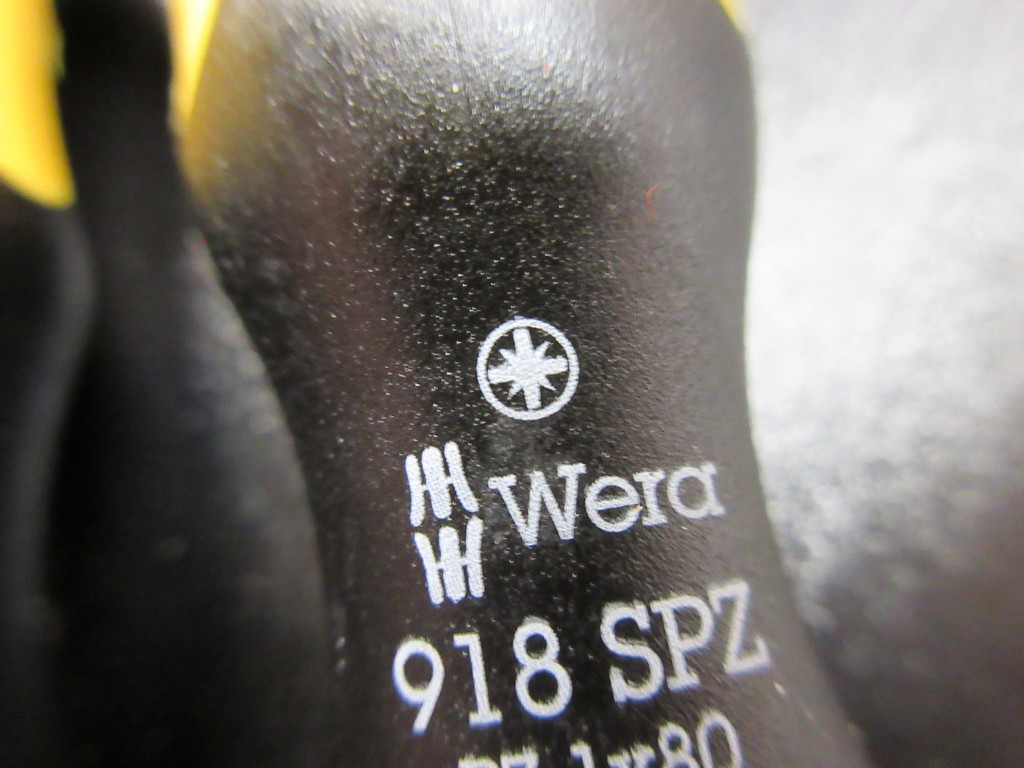
Just make sure not to use Pozidrive bits on Phillips fasteners, as you may strip out your tool. In my experience, if I don’t have a PZ tool on me and encounter a PZ fastener, a Phillips will get me through, assuming there isn’t excessive torque backing it out.
Square (Robertson) vs Slotted
Analysis: You may wonder why we’re comparing the two, but in essence, the slotted drive is just an elongated Robertson drive. Just like a square and rectangle are similar, but not the same, so are these two drives. Essentially, these drives also have equally similar applications, which is surprising. The slotted is one of the oldest types of fastener heads in the world. Applications range, now, mostly range from electrical, to woodworking, and general assembly in mass-produced items. And since the slotted drive was popular regardless of trade “back in the day” it’s not uncommon to see on many antiques. On the other hand, the Robertson is seen mostly in the electrical trade, woodworking, and construction applications. The Robertson is actually quite old, being patented in the 1870’s, so just as the slotted drive, it’s been around the block a few times!
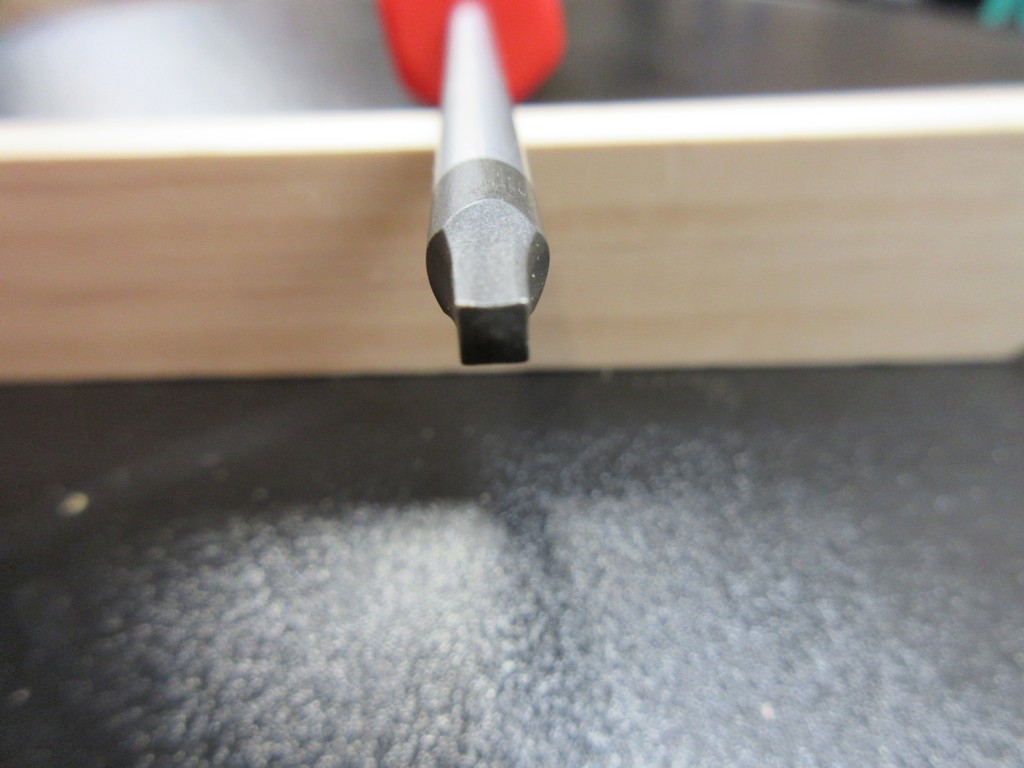
Applications: As stated above, these are both found mostly in electrical, woodworking, and general item assembly (aka mass-produced furniture etc..). But more specifically, look for the slotted to be in a lot of older furniture, traditional woodworking, and old school DIY projects. For modern slotted applications, small electronic screw terminals, and other around the house electric fixtures may utilize this style. In terms of the Robertson, I would look to see this style on many modern industrial electronic controllers, junction boxes, and electrical enclosures. The Robertson is still present in the woodworking circle as well, just as in the past. Many popular deck screws utilize this drive style, as well as other more traditional woodworking fasteners.
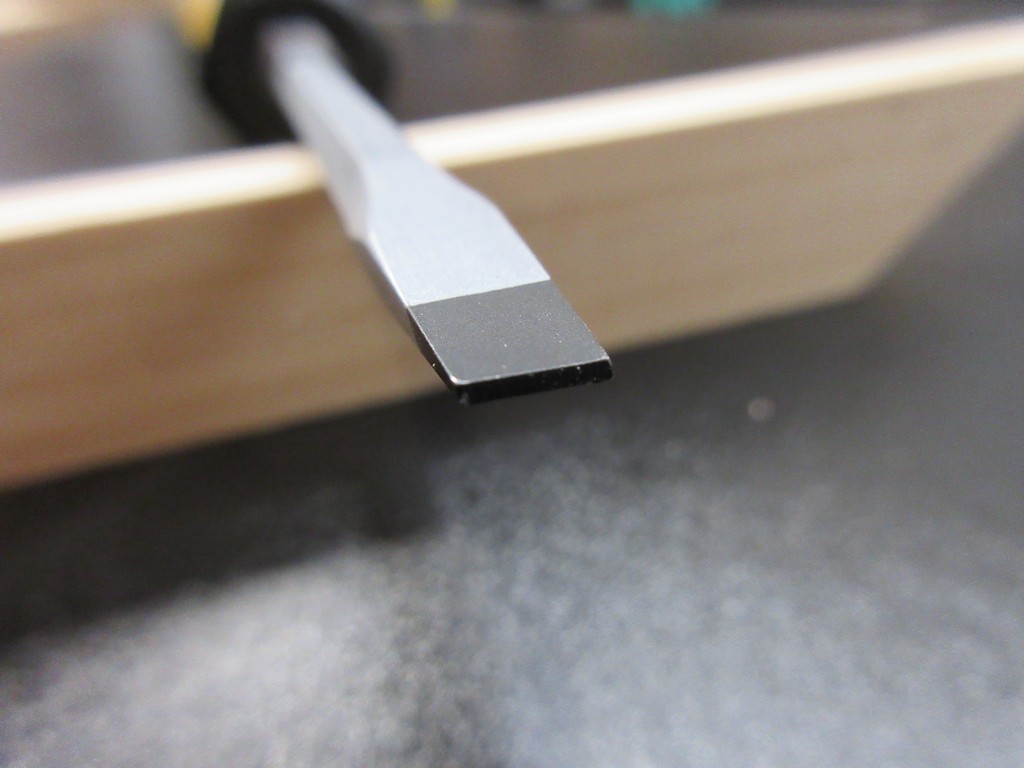
Advantages/Disadvantages: The obvious disadvantage of the slotted drive is it’s obvious vulnerability to cam-out. I believe I can speak for all TIA readers that every one of us has stripped out the head of a slotted screw. However, it’s important to remember that slotted screws are designed for low torque applications! This is why we see them in traditional woodworking, electrical, and antiques. The clear advantage is that they’re cheap and easy to manufacture. Most importantly, used to secure things that need to be snugged. Again, the Robertson is much the same – but an improved version of the slotted. It’s obvious that the Robertson cams out even easier than the slotted drive due to its completely square nature. The geometry is prone to rounding completely out. Thus, we have low torque applications. But, there is a major positive – ease of use.
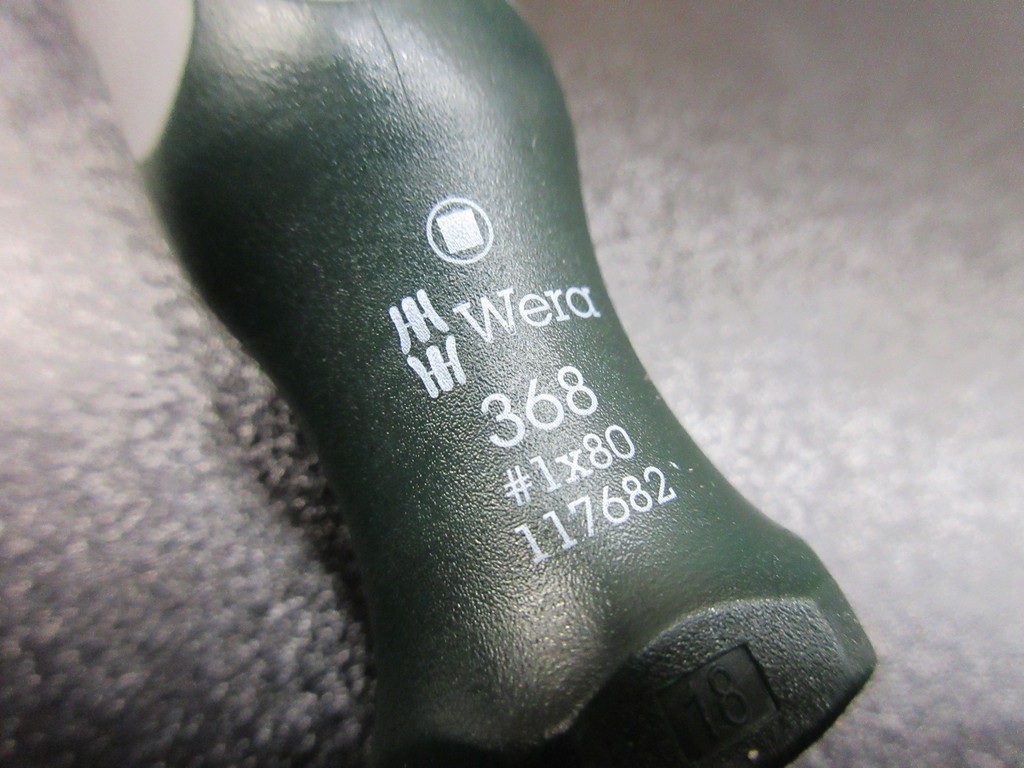
Unlike the slotted, the Robertson has a better tendency to “hold” the bit in the fastener. The slotted is quite shallow, and the drive can often slip out before even fastening. For the Robertson, the well of the fastener is deep and increases the likelihood that your driver will stay in place!
Torx vs TorxPlus
Analysis: Though they may look the same from a distance, the TorxPlus lives up to it’s name as a more improved version of the Torx. More robust, and less vulnerable to stripping your driver, or fastener out, the TorxPlus is a leader in many applications. The Torx however, is still a popular choice seen across the board. When considering a myriad of high torque projects, considering either Torx fastener is an improvement over Slotted, Robertson, Phillips, Pozidrive, and Hex.
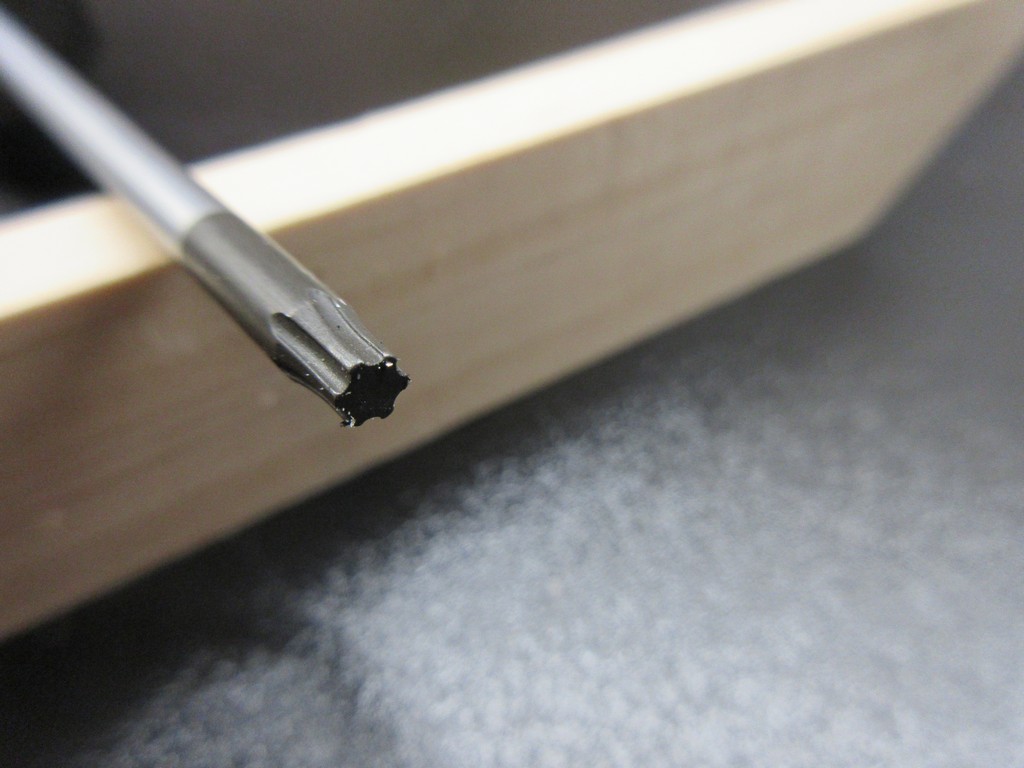
Applications: Both are made for high torque applications, such as industrial/mechanical equipment, construction, and auto. Often times, I find that these are also used on many large motors, and some sizable electronics as well. As many tool enthusiasts may notice, these fasteners are also widely seen in the tool industry. These fasteners are what hold the tool shell together, as well as under the hood. This is an obvious choice for toolmakers not only because of the reliability, but also to reduce cam-out if warranty repairs must be made by the manufacturer. All in all, unless the application needs a nut and bolt, the Torx, and TorxPlus far exceed other fasteners!
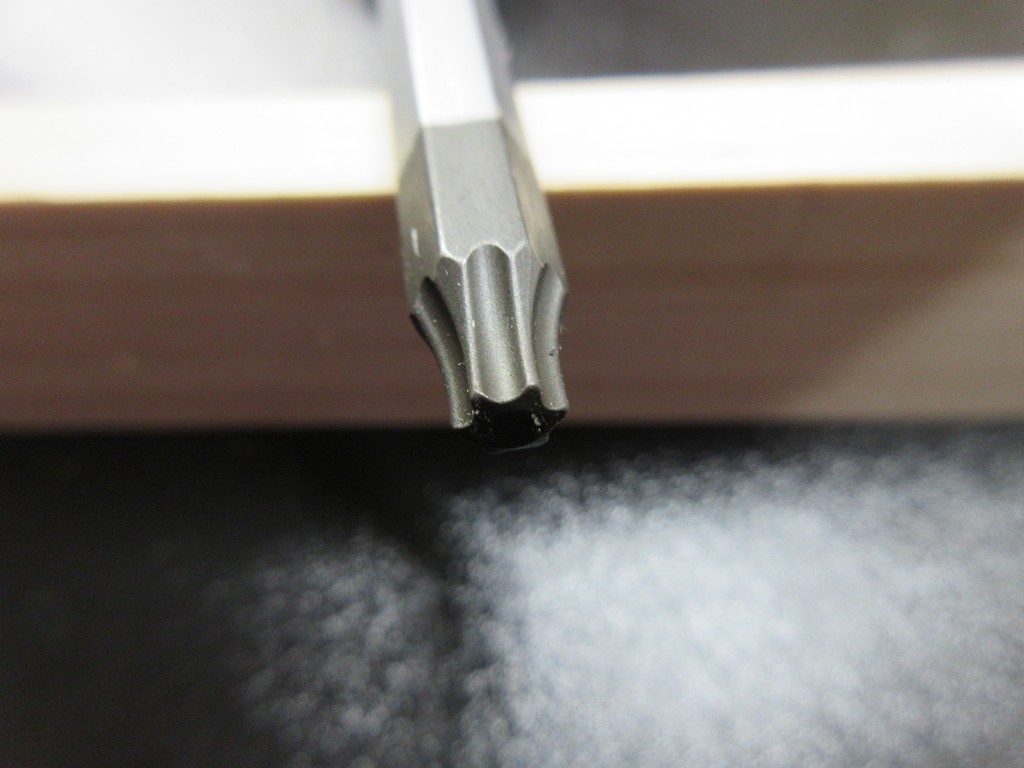
Advantages/Disadvantages: Though both driver head types are more than suitable for high torque applications, the TorxPlus is the better choice in the Torx vs Torx matchup. The TorxPlus simply has more surface contact with the fastener via the wider spokes and blunt tip. The blunt tip, similar to Pozidrive, eliminates slippage of the tool since there is no angle present. The traditional Torx, on the other hand, has a slight angle, and a slimmer spoke design. Granted, the design of the Torx in general aims to minimize cam-out, and eliminate damaging your driver, so either fastener head is more than enough for most applications.
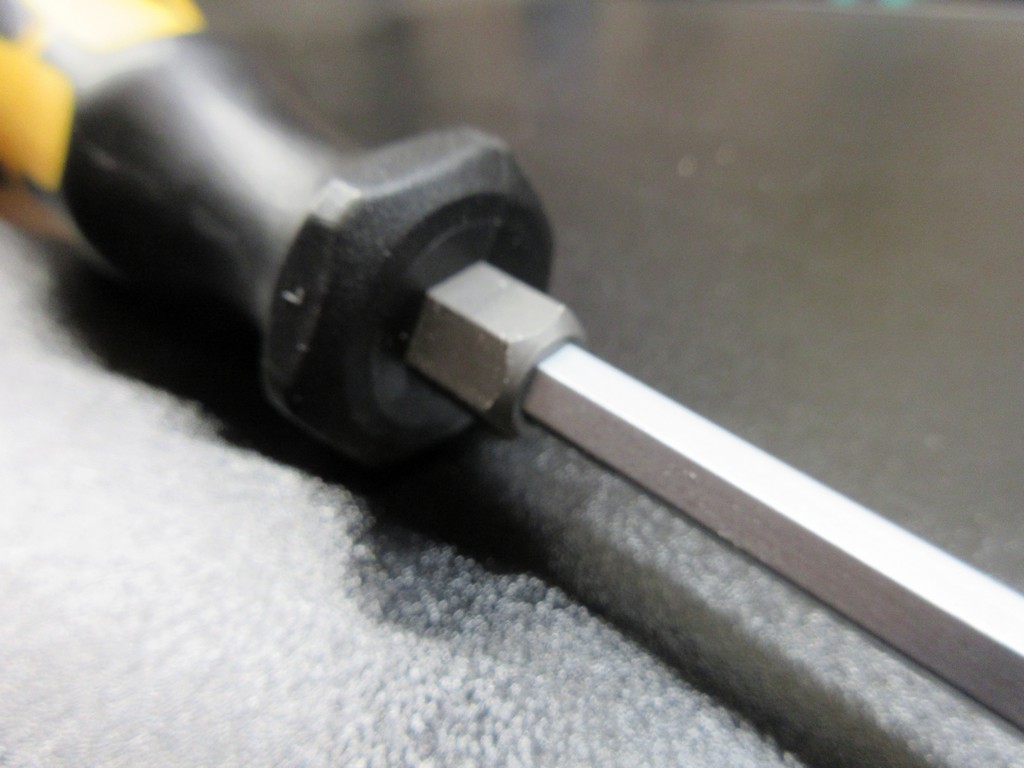
Some manufacturers, such as Wera, take the initiative to include the hex shaped shaft, and integral nut in order to use a wrench.
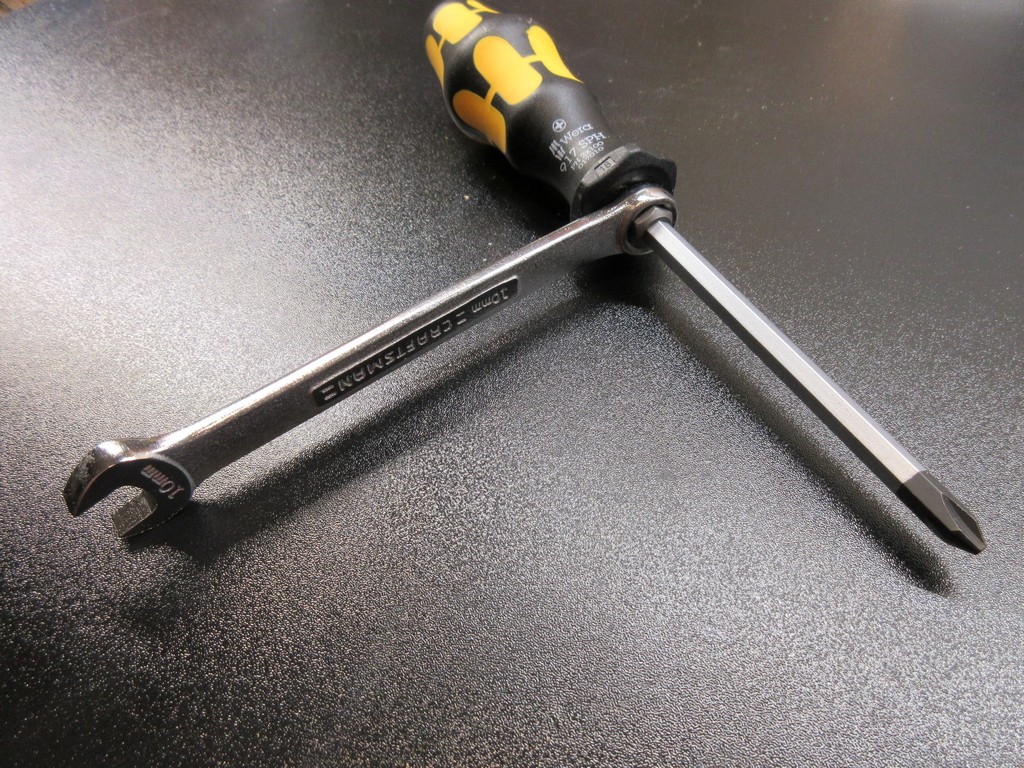
Where most other fasteners couldn’t normally handle this much torque, it’s not completely uncommon to see some Torx and TorxPlus screwdrivers with this mechanism. It makes it easy to apply more torque via a traditional wrench, maximizing your efficiency through mechanical advantage!
Final Thoughts
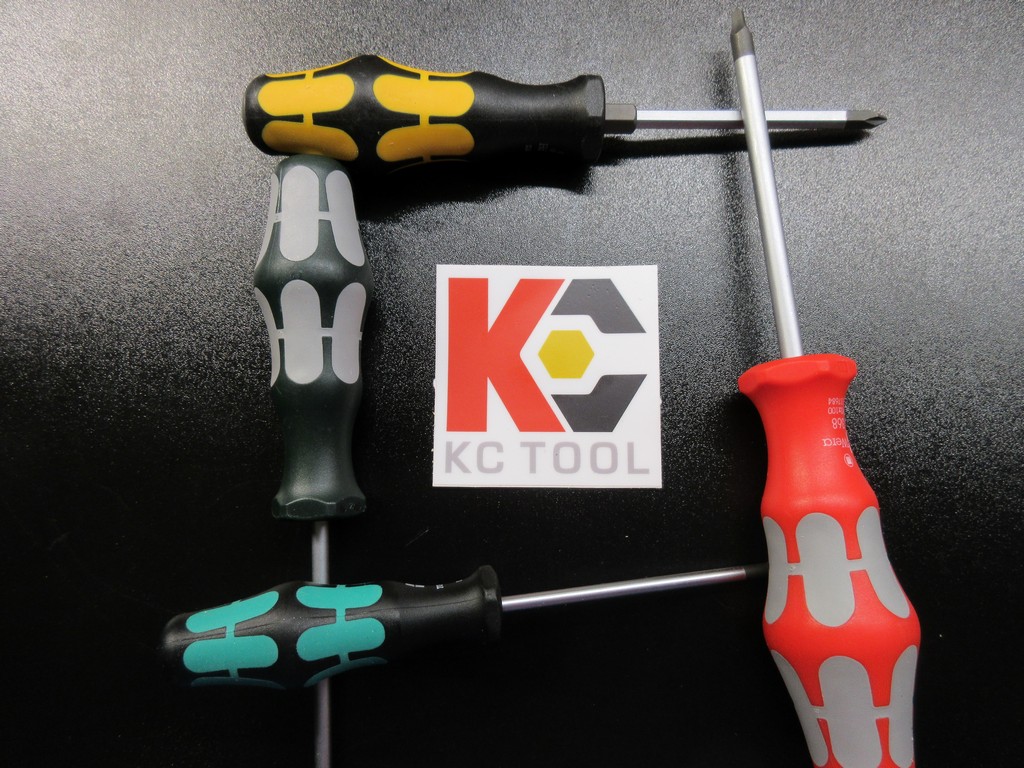
In conclusion, this sheds some light on an often neglected topic in tools/fasteners. There is obviously a ton more to explain on each one of these from a force dynamics/physics standpoint, as you can imagine. Deciding what type of drive head is only one piece of the puzzle in fully engineering a design. Other factors such as fastener material, length, and thread diameter can also be considered in executing your final product. Next time you build something, take a few moments to think about fasteners. Albeit overlooked, it might just make your design that much better!

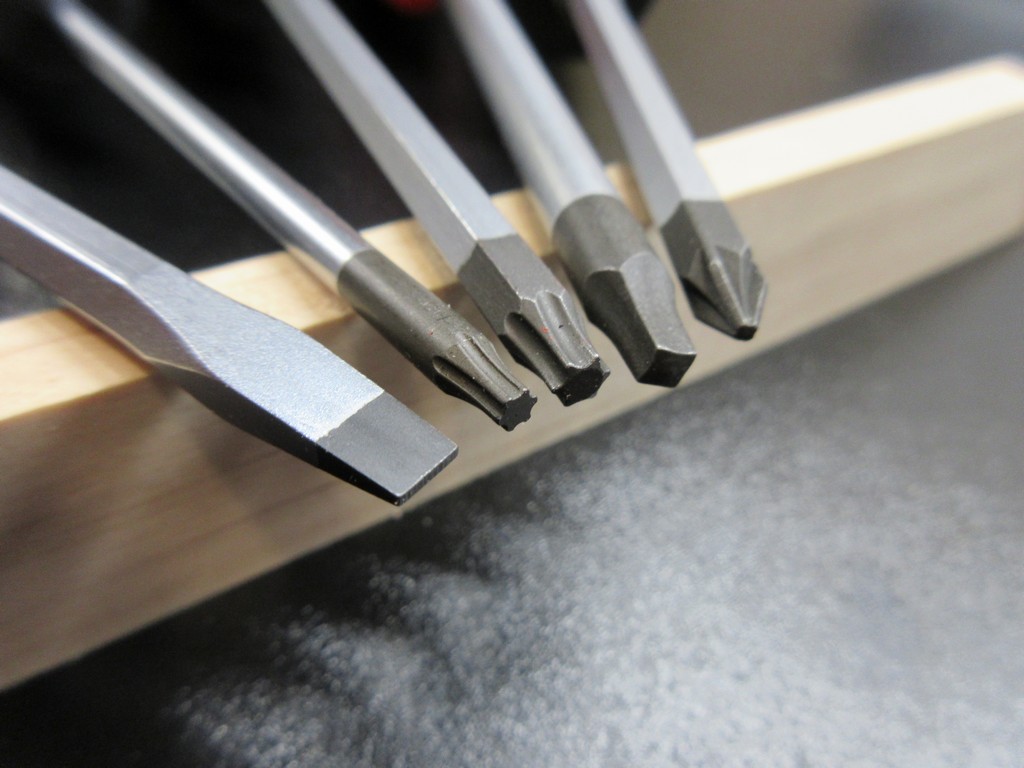
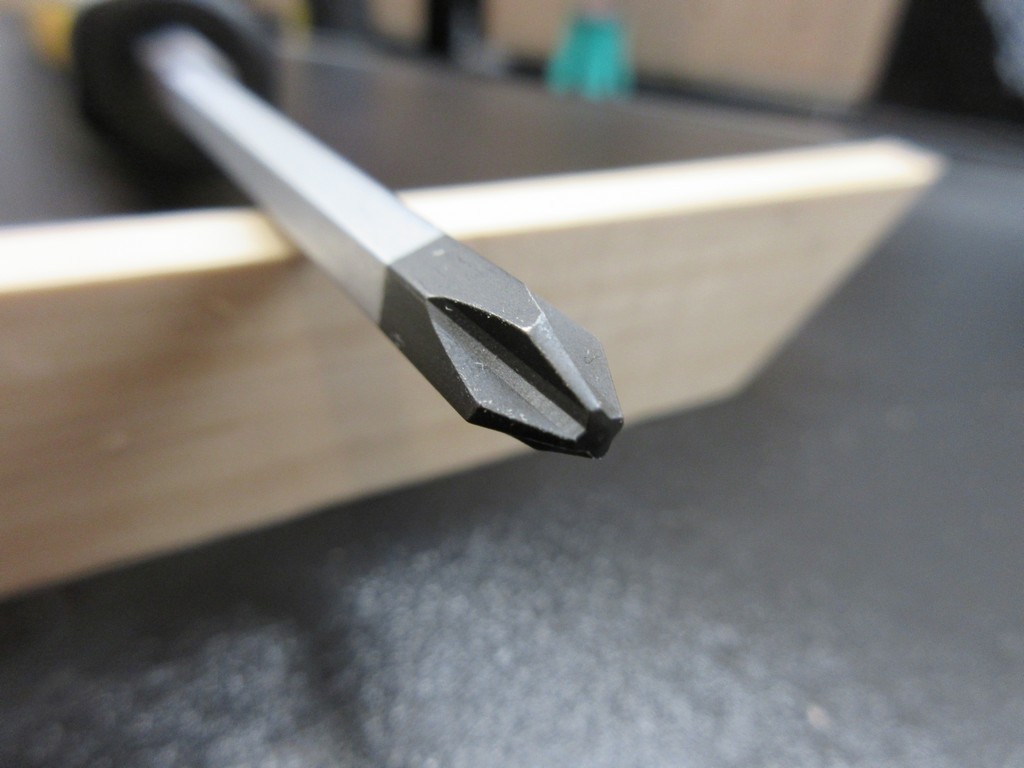
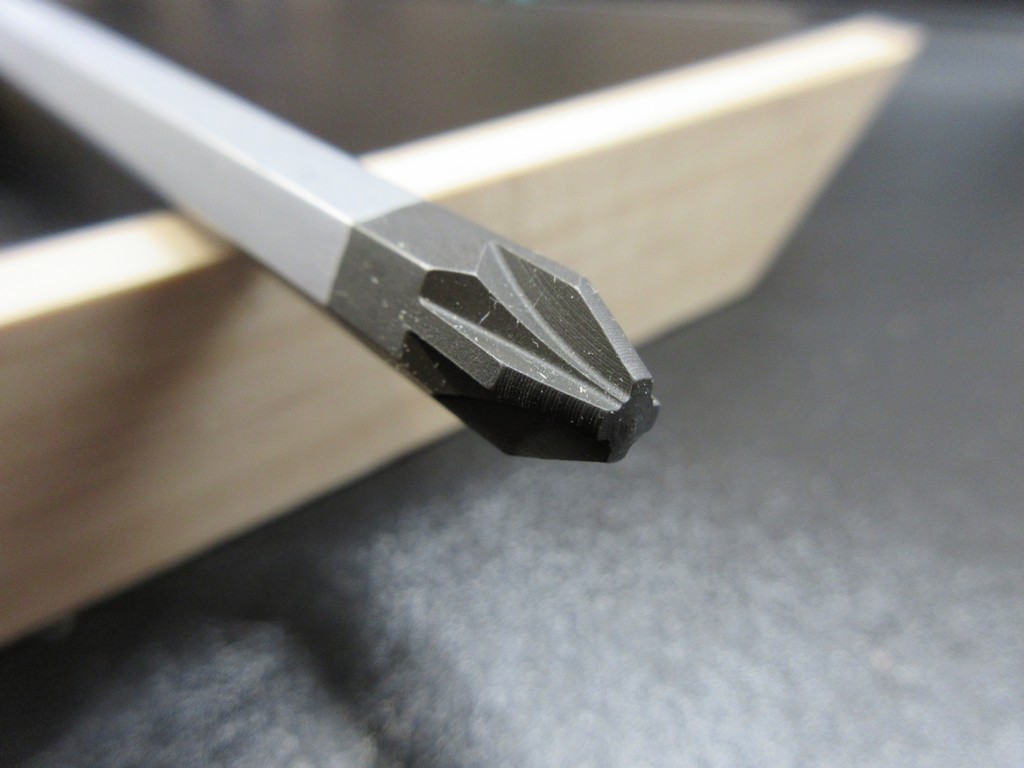
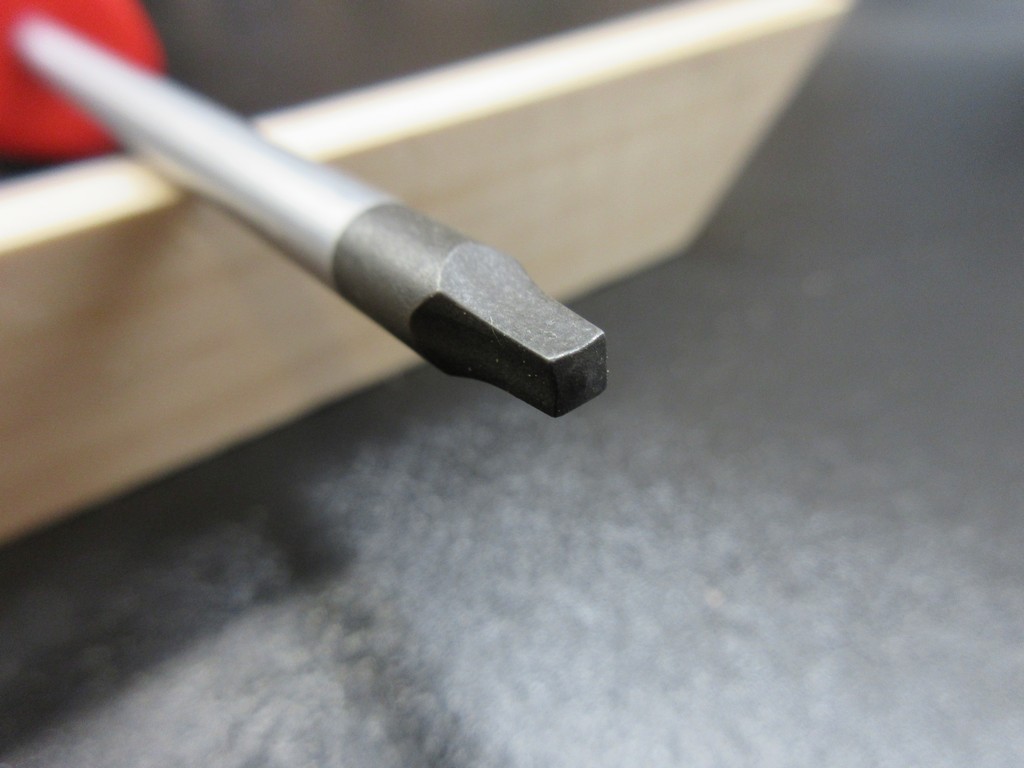
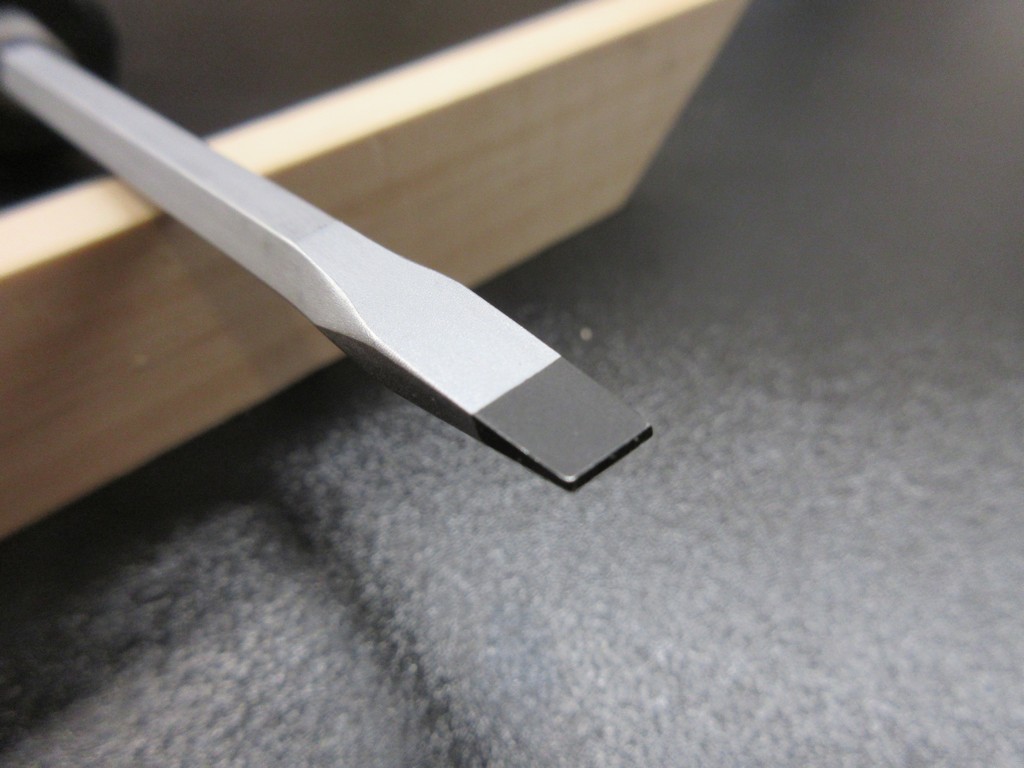
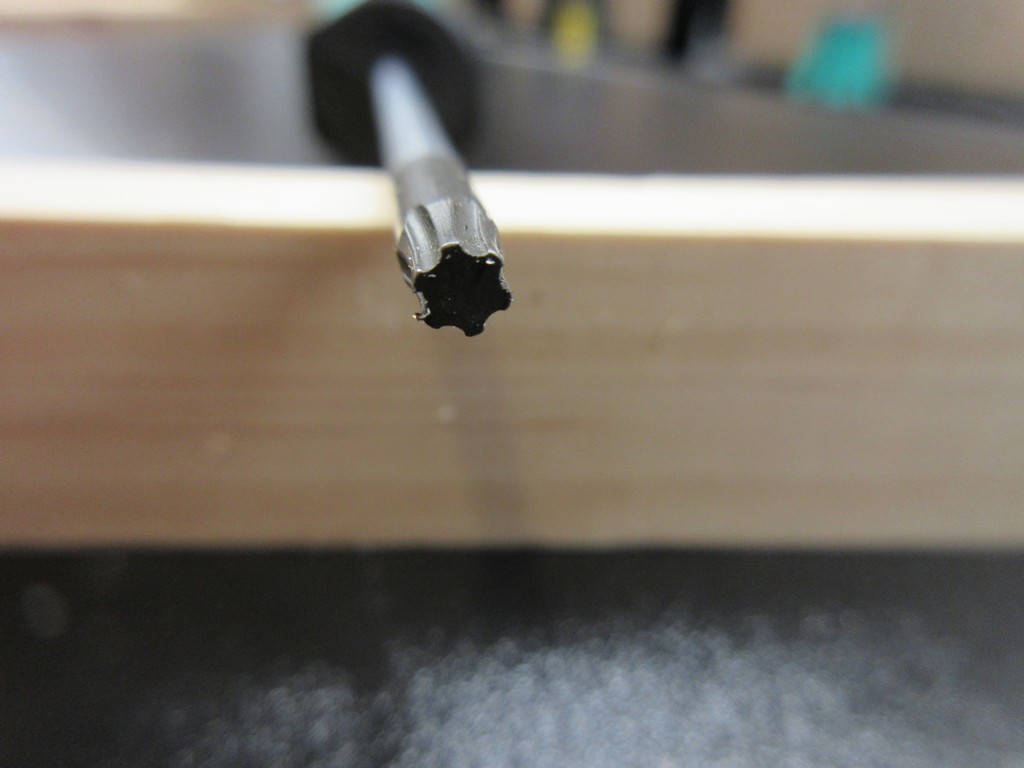
Wow, comparing a Robertson to a slotted is just not accurate. The square heads have less cam out then Phillips drivers. We love our “robbies” up here in Canada!!
Thank you for your in-depth article.
When the whole crew is old-timers it really help clear things up !
Ha, thanks, Tom.